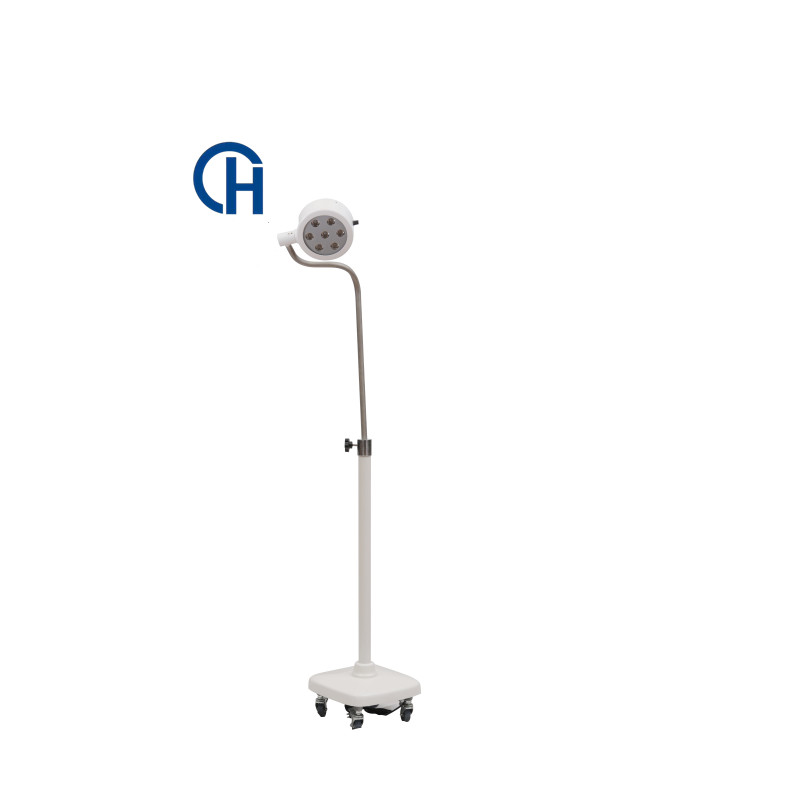clean room doors manufacturer
Product Description
https://www.yizhongalu.com/product-list-cleandoor-series.html
Clean Room Doors
Clean room doors are typically made of durable materials such as metal or laminate to withstand heavy use and cleaning. They may also have specialized features such as automatic closers, privacy locks, and peepholes to aid in infection control and patient privacy. In some cases, they may also have electronic locking systems or card readers for added security.
Choosing the right door system is a major factor in maintaining the delicate balance of the cleanroom environment. If cleanroom doors do not work properly, the cleanroom may not meet the relevant standards and is at high risk of contamination.
Cleanroom doors are an essential part of the cleanroom and are responsible for sealing the controlled environment.
Cleanrooms should be constructed and used in such a way as to minimize the introduction, generation and retention of particles in the room, and where other relevant parameters, such as temperature, humidity and pressure, are controlled as required.
Durability and reliability are key for doors in hospitals, research laboratories and pharmaceutical facilities. These doors must be able to withstand heavy use and be easily maintained to ensure the safety of the building and its occupants. It is important to select doors that meet the specific requirements and needs of the facility.
Clean Room Doors Manufacturer
Yizhong Aluminum serves more than 100 hospitals around the world every year, including listed hospital groups, well-known chain hospitals, and nursing home projects in China, Australia, Canada, India, and the Philippines.
As experts in cleanroom door manufacturing system solutions, Yizhong designs, engineers and manufactures standard size and customized cleanroom doors to meet the specifications of various industries.
Features of Clean Room Doors
Clean room doors typically have the following features:
Durable construction: made of metal or laminate to withstand heavy use and cleaning
Automatic closers: to ensure the door is closed after someone enters or exits the room
Privacy locks: to ensure patient privacy and security
Peepholes: for staff to check on patients without entering the room
Electronic locking systems: for added security, such as card readers or keypads
Viewing windows: to allow natural light and improve visibility for staff
Soundproofing: to minimize noise transmission between rooms
Fire-rated: to prevent the spread of fire and smoke
Panic hardware: to allow for easy exit in case of emergency
Warning signs or color coding: to indicate the type of room or the level of isolation precautions that should be taken.






